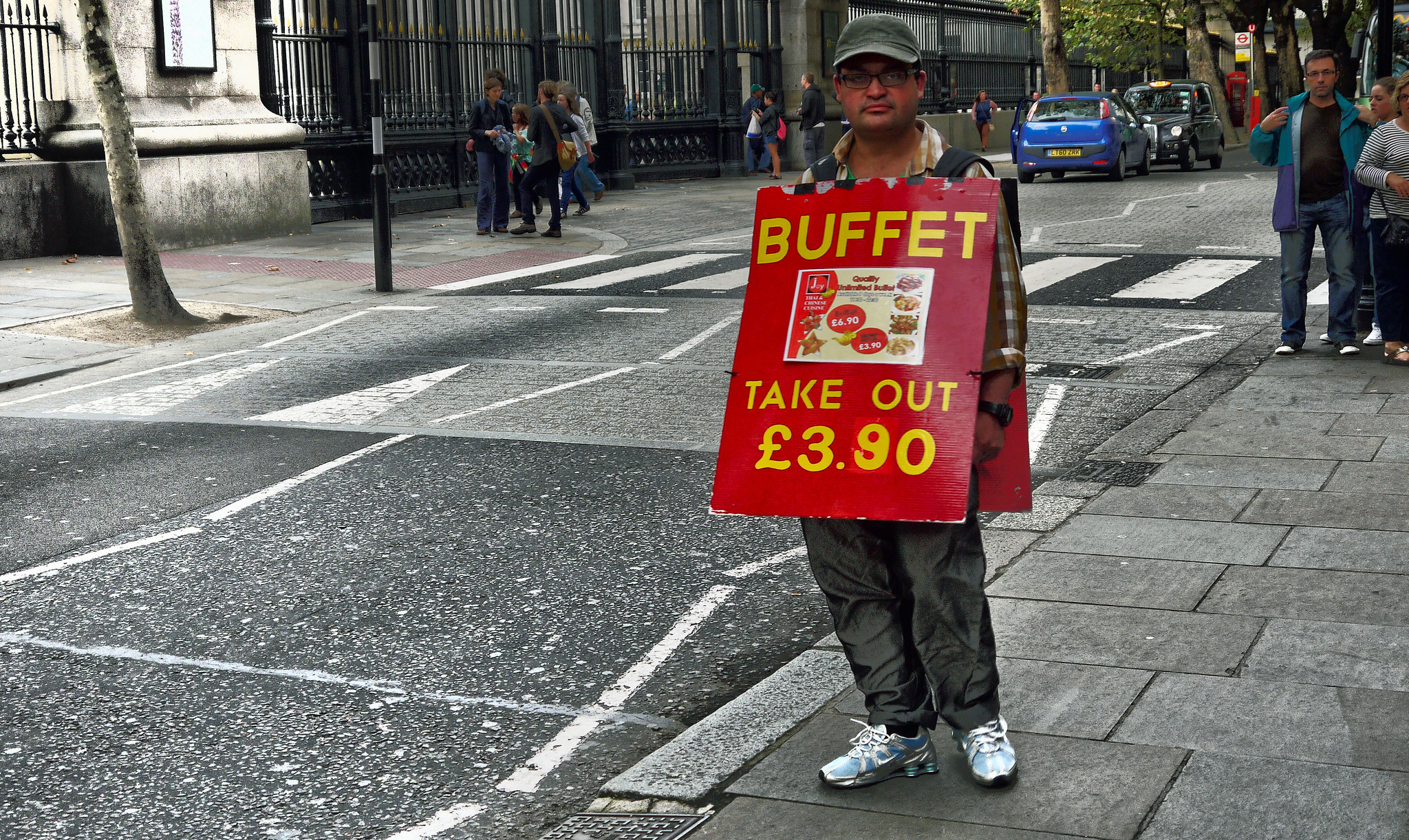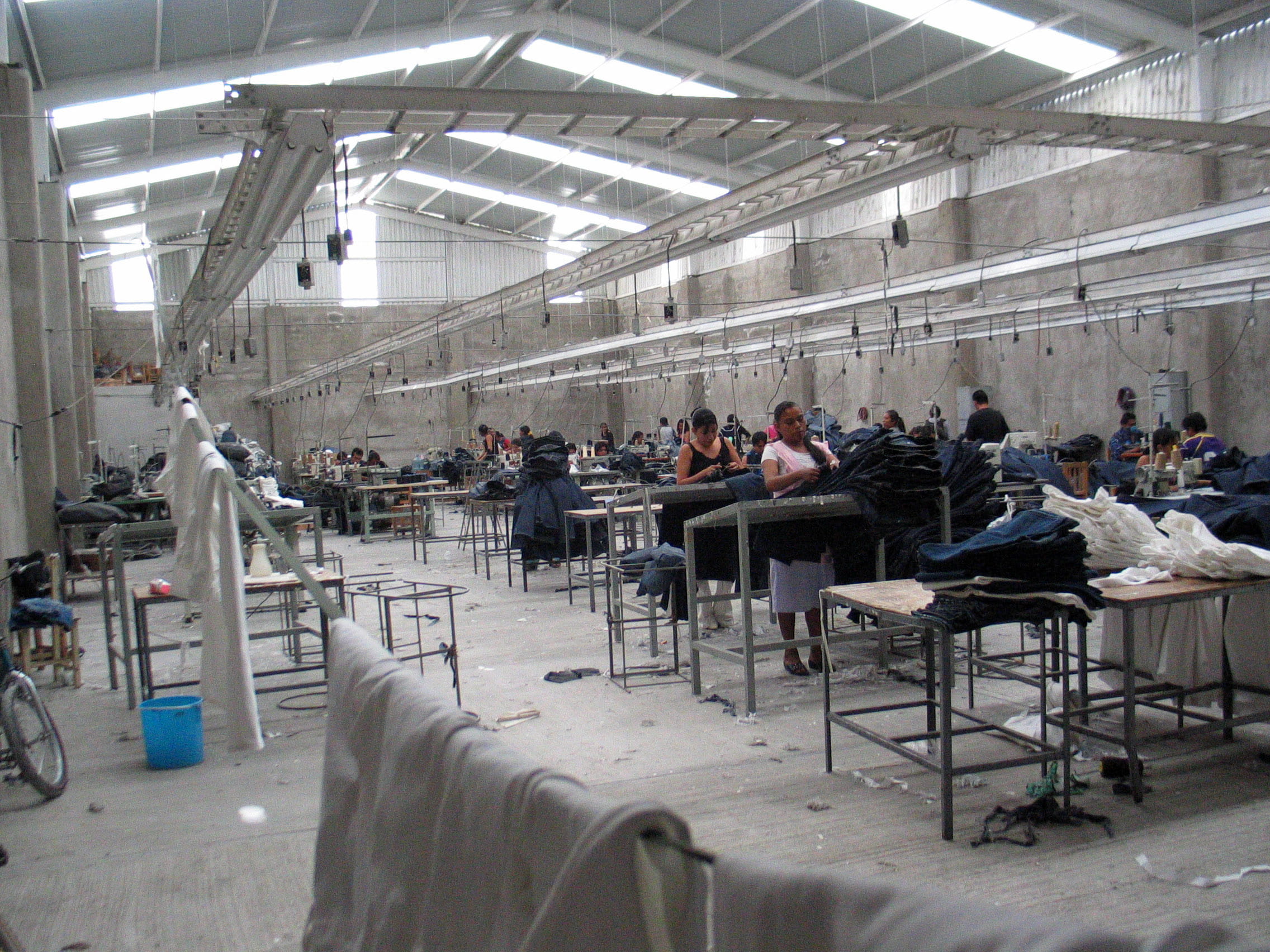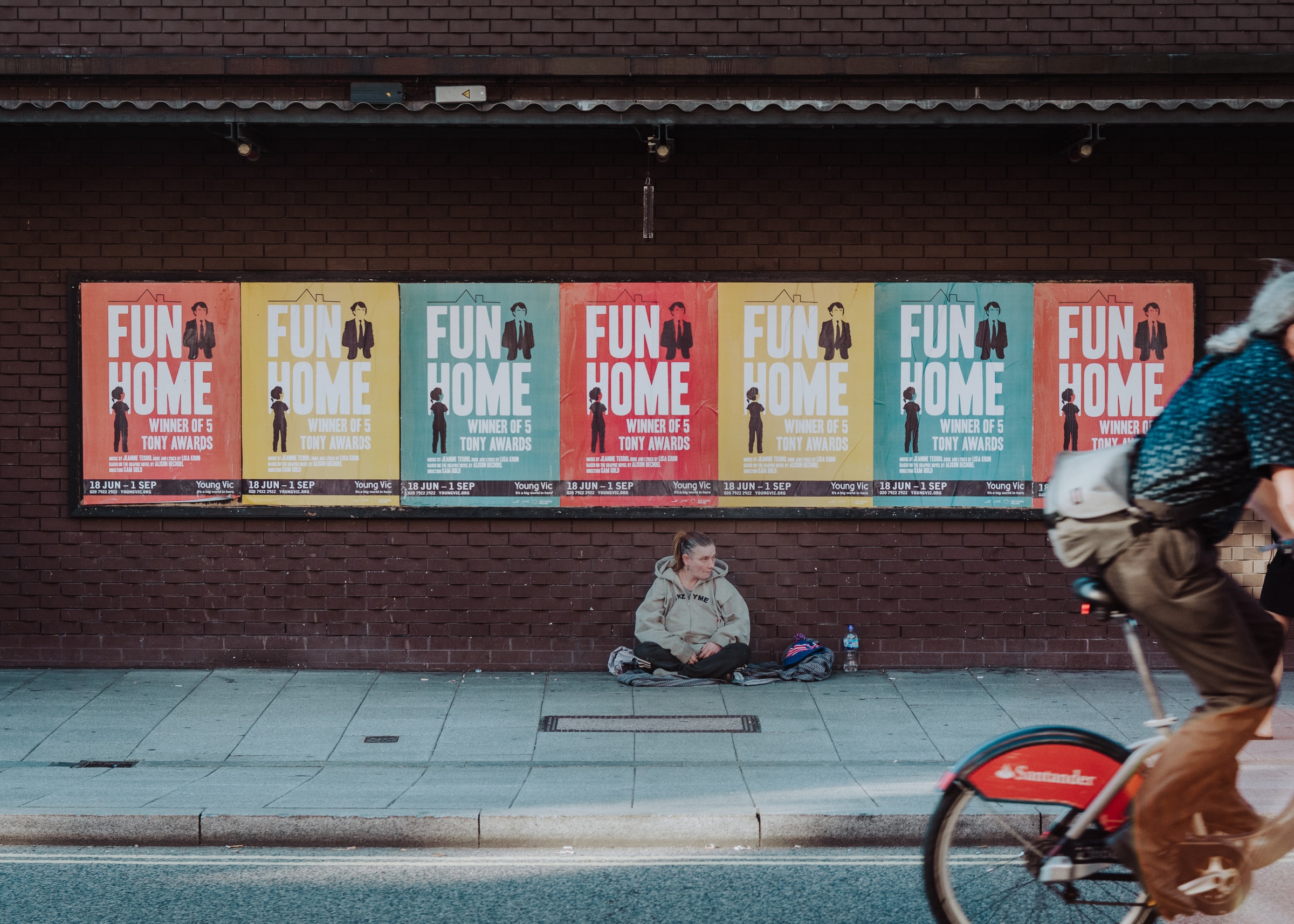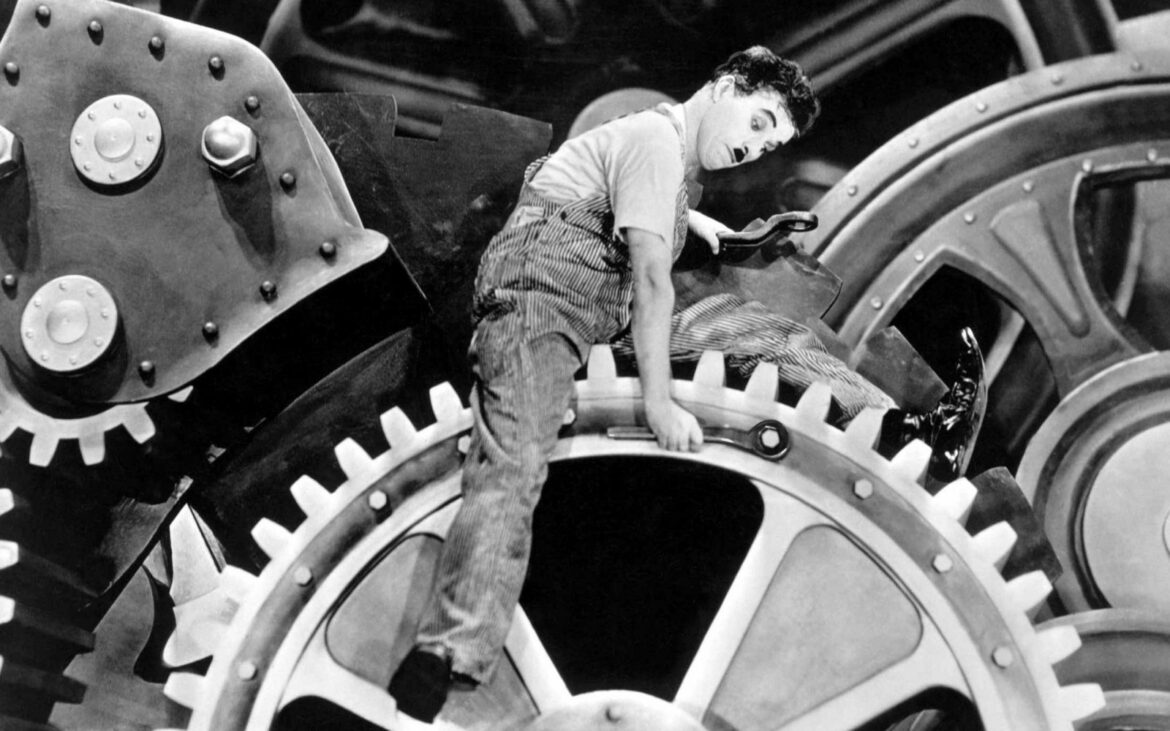Khalil Gibran’s book “The Prophet” begins with the protagonist Almustafa spotting on the horizon the ship that will take him back to the isle of his birth, and he prepares himself to leave the city of Orphalese which he has called home for 12 years. But he is struck by melancholy as his thoughts turn to the hurt he will cause the people of the city with his passing. Being a popular fellow, he is beseeched by men, women, elders, and clergy to speak to them of the truths he has learned in his time: “Now therefore, disclose us to ourselves, and tell us all that has been shown you of that which is between birth and death.” Almustafa obliges and shares his wisdom in 26 dainty morsels on the topics of love, good and evil, crime and punishment, joy and sorrow, friendship, laws, time, talking, trade, work, and so on. The word “meaning” is not used a single time in the whole book.
At this stage one might feel as though the omission of “meaning” in this context is of no significance as the narrative itself is heavily flecked with the mysticisms, superstitions, dogmas, and all the loose scales shed from the scalp of theism. After all, the ultimate meaning of religion is faith, and faith is servitude to the idea of God and all that entails; or “the gods, sprits and idols,” if you are the kind of person to diversify your spiritual portfolio. One would be forgiven for thinking so. Gibran was a Maronite flirting with Islam, Sufi mysticism, and the Bahá’í Faith. But his eclecticism also spanned into the artistic enclaves of Romanticism, and modern (at the time) symbolism and surrealism. The point here being that it is not far-fetched to claim that any artist engaging in honest dissemination of the human condition does not regard close-mindedness a virtue. “Meaning” is not God’s decree. It is a consortium of disciplines. Disciplines represented with poetic precision by Gibran in his book.
The Prophet Almustafa says of work:
“You work that you may keep pace with the earth and the soul of the earth […]
You have been told also that life is darkness, and in your weariness you echo what was said by the weary.
And I say that life is indeed darkness save when there is urge,
And all urge is blind save when there is knowledge.
And all knowledge is vain save when there is work,
And all work is empty save when there is love;
And when you work with love you bind yourself to yourself, and to one another, and to God.”
Love for one’s trade is the flower borne from the seed of urge. Yet, the realities of the day—underemployment, redundancies, glass ceilings, manufactured impediments to accessing education, etc.—leave many scrambling in for options. Any options. And even though a small—plausibly non-existent—minority of people would make the claim that their gig as a human billboard brings them closer to God, work satisfaction falls by the wayside with little or no long-term job security. Darkness abounds, and this is the precarious circumstance a growing portion of the labor force find themselves in. But before we explore this phenomenon any further, first we must address some common suppositions.
The usual suspects
Economic inequality is a prompt for social mobilization on the regular. “The 1%” have been the punching bags of the discontent and disempowered since the invention of value itself. These days that practice is perfectly understandable. In 2018, the 26 richest people in the world held as much wealth as half of the global population (3.8 billion at the time), a change from 43 people the preceding year. Yet, it is a mistake to think that inequality is rising everywhere. It is not all-pervasive, nor an inescapable symptom of globalization. Neither has the average level of inequality changed much. In countries like China, India, Indonesia, and the U.S., which together account for 45% of the world population, the Gini index—the go-to barometer of wealth inequality—saw an increase of about 4 points. Hence, while the average country saw little variation of the Gini index, the average person lived in a country that saw rising income inequality.

Unemployment numbers do not tell the whole story either. These have more or less followed a stable flat trend within the 3-7% range, alongside with a steady increase in GDP per capita, since the ILO began recording unemployment data per state. Extreme outliers like Spain and Greece in 2013—which peaked at 27% and 25% respectively—led to much civil unrest as austerity measures inflamed an already volatile situation. Youth unemployment in these countries was more than twice as high as the country average, as is often the case in most countries on average. High rates of underemployment compound this issue. Underemployed workers may be able to find work, but their income may not be sufficient for meeting basic needs. Youths are overrepresented in this category. Hence, unemployment rates alone are inadequate measures of labor market slack.
Indeed, labor underutilization affects 473 million workers worldwide, which is more than double the number of unemployed people considered separately, and 61% of workers worldwide are in informal employment. Significant inequalities in access to decent work opportunities has become an increasing trend and feature of current labor markets.
The precariat
Guy Standing is an economist and professor at the University of London who has worked extensively on economic inequality and written two book on a new social class dubbed the “precariat”; the word itself is a portmanteau of “precarious” and “proletariat”. Unlike the latter characterized as exchanging labor for livelihood yet deprived of the “means of production”—raw material, facilities, machines, capital—the precariat are only partially involved in labor and must take on extensive amounts of uncompensated “work”—e.g. updating CV’s and sending out job applications, attending job interviews, being “on call” for “gig” work—to have access to decent earnings. Emblematic of this class is a lack of job security, benefits, or union protection. The precariat also spans the income and education spectrums: from illegal migrant work to highly educated but freelance-dependent industries.

Standing says that this phenomenon really took off after 2008 in the aftermath of the 2007–2008 financial crisis. In his book “A Precariat Charter: From Denizens to Citizens” he outlines 29 “demands” aimed at providing the precariat both economic stability and empowerment to live in comfort and participate in society—these range from rehauling unions, reforming migration policies, ending means testing. A central demand is the establishment of a universal basic income, an idea that has been courted by the international labor and economic mammoths ILO, OECD, the World Bank—especially in the wake of the Great Recession—but never consummated.
But won’t basic income dissuade people from working and bleed government of tax revenue? Cool your boots, prolepsis. Let us entertain the side of the argument where one aspires for universal access to opportunity and decent standards of living. Take the Swedish unemployment fund (arbetslöshetskassa or “a-kassa”) which, ideally, pays up to 80% of your salary—though there are many fine print provisos to resign the newly dispossessed to feeling more fleeced than golden. To retain unemployment benefits, one must be active in looking for jobs; you must be able to prove that you are active in looking for jobs (the specifics of this are ad hoc and negotiated with the Swedish Public Employment Service); and you cannot decline any job offers—even ones that offer unstable hours and temporary employment. Receiving a limited yet regular amount in benefits from the government makes far more sense than sporadic and unreliable employment. As Standing says: “In effect, the system for the precariat has a huge disincentive for people taking low-wage jobs and punishes them for doing so. That is thoroughly unfair.”
So foul a sky clears not without a storm
Universal basic income is not a new idea. The social philosopher/lawyer/humanist Thomas More wrote about it in 1516, followed by corsetmaker/journalist/revolutionary Thomas Paine in 1719. Still, what the two Thomases were suggesting has never sifted into the mainstream of real-world policy. The 2020 Democratic presidential candidate Andrew Yang proposed that every American adult receive a monthly check of $1,000 as a solution to structural unemployment caused by automation. This “Freedom Dividend” only got him 2.8% of the votes in the primaries and he subsequently dropped out of the race. Then came the pandemic, which revealed the degree to which unemployment insurance had come up short in keeping up with the labor market. The welfare systems were overwhelmed, and people were desperate. Suddenly government started experimenting with forms of basic income.
Libertarians, austerity buffs, and Ayn Rand fans have long touted that welfare programs are much too expensive to fund and complicated to manage, but this was not the case. For example, Canada’s response program covered not only those who lost their jobs, or suffered reduced hours, but also those unable to work due to quarantine and childcare. The gig-workers and self-employed qualified. It was easy to apply for and payments were received within days. But the programs employed around the world were not true systems for basic income. They were expedient and temporary. Real universal basic income is a permanent program with consistent payments.

A guaranteed minimum income does not stop people from working and makes for a healthier and less unequal society. In Finland and the Netherlands, evidence found that basic income helped people who had been chronically unemployed for years. In both scenarios, recipients were more likely to find full-time jobs than control groups stuck with the traditional approach of mandated job searches, job-readiness programs, and regular contact case workers. Rather than having to settle for temporary gigs, people had more time to look for better jobs without bureaucratic trials and tribulations in the way. Studies in Canada and Malawi showed similar positive effects.
Taken at face value, the costs for universal basic income are colossal. The price tag for Yang’s “Freedom Dividend” was estimated at $2.8 trillion. Yet, this initiative would significantly reduce poverty and inequality and according to a study by the Roosevelt institute the economy would “grow by approximately $2.5 trillion and create 4.6 million new jobs” generating around $800–900 billion in new revenue from economic growth and activity. Such a strategy coupled with more progressive tax systems more than make up for the expenses. Costs are minimized by returns in taxes, targeted to low-income recipients, and is likely lower than what governments spend on pensions.
However, thinking about universal basic income only in monetary terms is an error of judgement. Universal basic income is an investment in society, not a cost. It is not an expenditure, but the means of which communities that value health, education, and security are made manifest. The returns come in terms of higher standards of living as well as from taking the pressure of other social programs treating symptoms of poverty, like poor health.
For long, implementing universal basic income has been considered unconventional, even outright inconceivable. But, as the pandemic has revealed the glaring holes in the safety net, it is a humane alternative to the classical model. It allows for purpose to be rediscovered. To “keep pace with the earth and the soul of the earth” and a decent life disposed of darkness. And yes, even encourage love for one’s work. Let the solid surfaces deal with the billboards.
Related articles:
Who brings the food to your table?
Photo credits:
Job Satisfaction, by It’s No Game on flickr, CC BY 2.0
Maquiladora, Free for commercial use, DMCA
Home is Where the Fun Is. The Irony, by Andreea Popa on Unsplash










